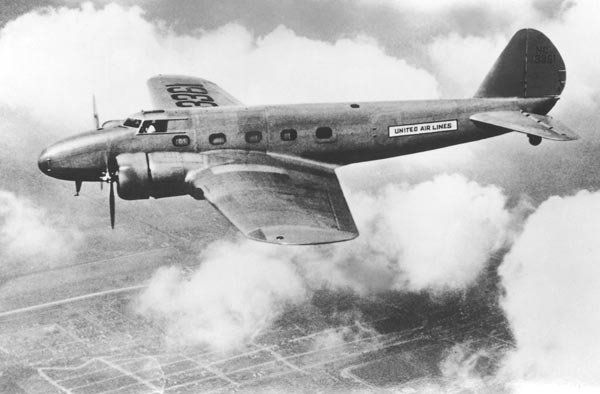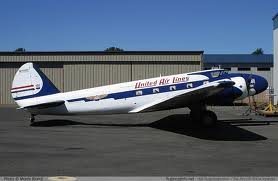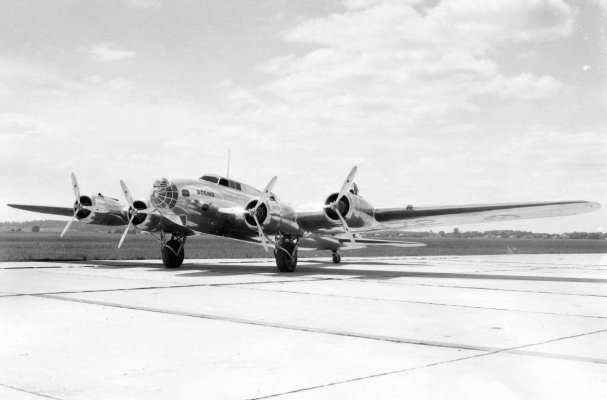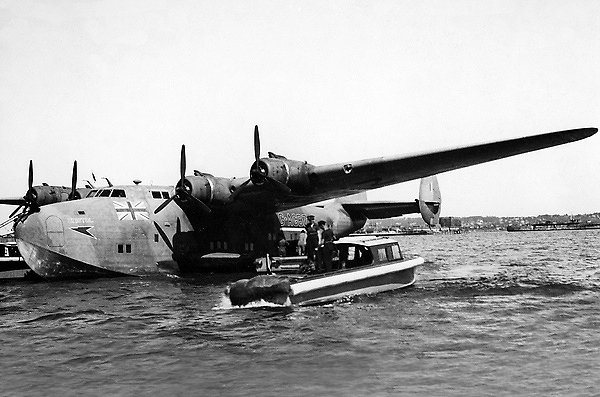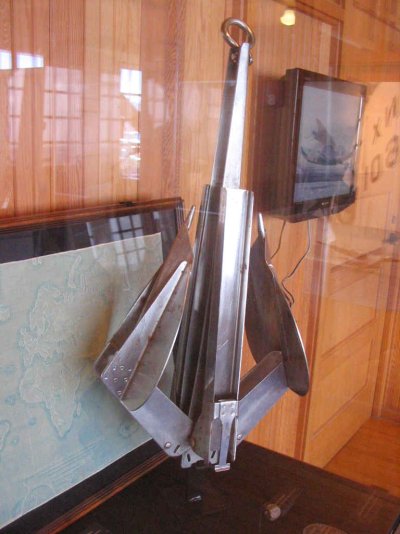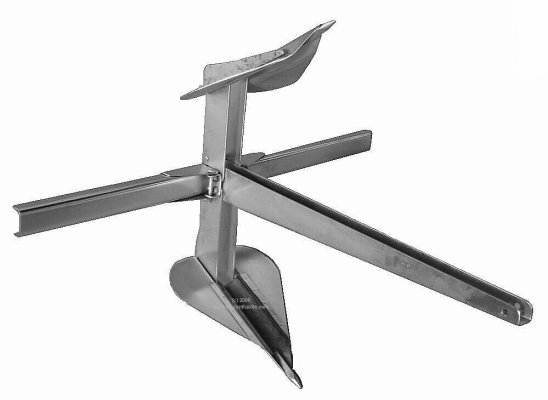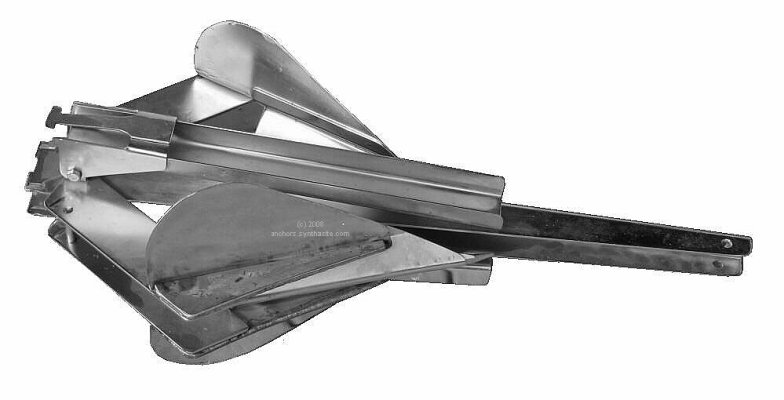FF
Guru
- Joined
- Oct 12, 2007
- Messages
- 22,552
"I have never had to put out two anchors - not on any night no matter how nasty."
Anchoring in a reversing river ,or in a crowded harbor (Bahama moore) requires more than a watch fob a 7-1 scope and a huge harbor.
A hurricane set , another different requirement , that probably will require more than one anchor.
Where one cruises frequently determines how one must anchor.
Anchoring in a reversing river ,or in a crowded harbor (Bahama moore) requires more than a watch fob a 7-1 scope and a huge harbor.
A hurricane set , another different requirement , that probably will require more than one anchor.
Where one cruises frequently determines how one must anchor.
Last edited:

